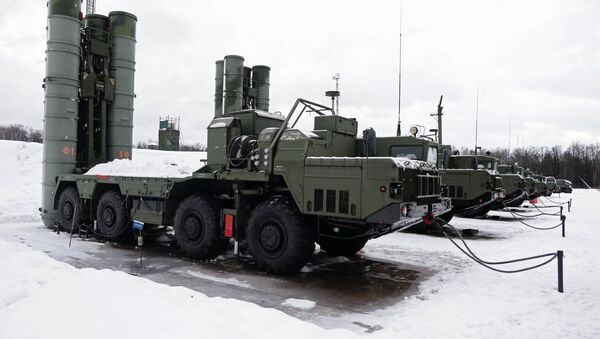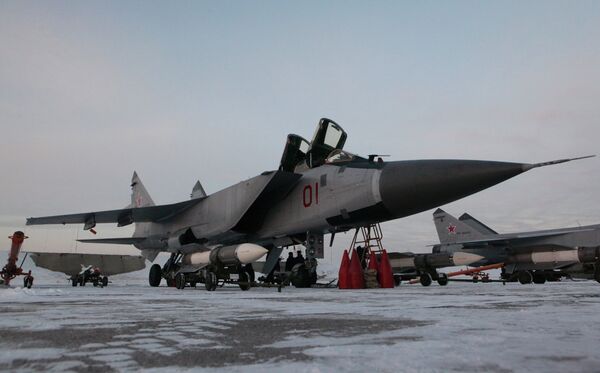The new military developments of Russia and China have tilted the balance in global military capabilities, says the newly released report by the UK-based International Institute for Strategic Studies which examines global military capabilities and defense economics.
“Russia’s employment of advanced cruise missiles over Syria and China’s display of capabilities, like the longer range DF-26 missiles, at its September 2015 military parade, highlighted that advanced weapon systems are no longer the preserve of Western states,” Dr John Chipman, Director-General and Chief Executive of the institute stated in his introductory speech upon the release of the document.

Dr Chipman referred to the recently showcased military capabilities of the two countries.
“Russia and China are increasingly active in the development and deployment of the advanced military capabilities. Each has become more assertive in their actions and are embarked on military modernization drives,” he said.
He cited as an example, Russia’s capabilities, deployed in its Western military district, which can “impede access to and constrain freedom of action in the Baltic region.”
These include the S-400 long range air defense system and the MiG-31BM (NATO reporting name Foxhound) combat aircraft.
During a snap exercise in early 2015, he noted, Moscow for a short time moved Iskander-M short-range ballistic missiles into Kaliningrad. With a reported range of up to 500 kilometers, these missiles would bring much of Eastern and Northern Europe into reach.
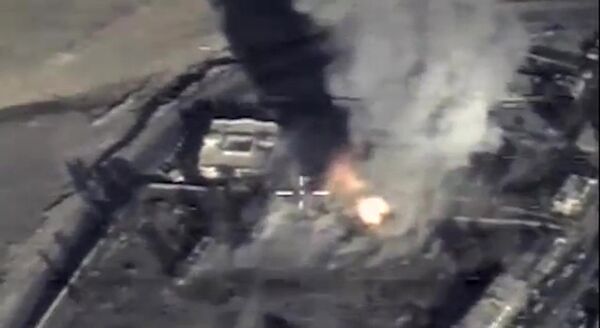
However the advanced systems which are now in service with the Russian Armed Forces like the Kh-101 and Kh-555 air-launched cruise missiles and the Kalibr naval cruise missiles have even greater standoff ranges, able to travel 2,000 kilometers in the Kalibr's case and probably 4,000 kilometers in the case of the Kh-101, which means that targets in Europe are within the effective reach from a launch deep within Russian territory, he acknowledged.
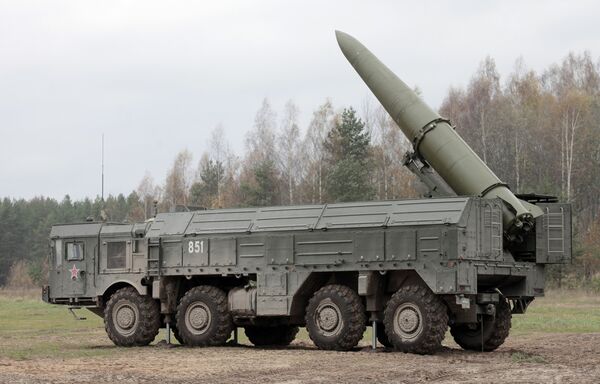
“As such, Russia’s potential anti-access area denial A2/AD challenge calls into question a key element of NATO’s plan initiated in Wales to rapidly reinforce allies. For NATO to meet this challenge, the alliance has to rediscover skills that are faded and renew capabilities that are being reduced.”
For instance, Russia’s recapitalization of its cruise missiles inventory raises questions as to NATO’s ability to counter-defend such systems, Dr Chipman added. Some NATO states have capabilities, like Patriot systems but the key challenge remains adequate detection time and ensuring defensive coverage.
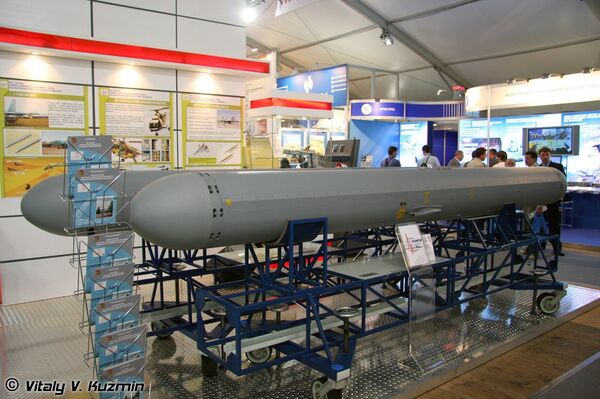
Another area of concern is electronic warfare (EW). It can no longer be assumed that the electro-magnetic spectrum is a permissive environment, he stated. The US military acknowledged that for around 10 years they focused on EW related to terrorism counter-insurgency while Russia developed high power jamming capabilities with the power to disrupt UAVs (Unmanned Aerial Vehicles) and compromise communications.
Russia and China also dominated in armored combat vehicles' ballistic missiles and land attack cruise missiles. Dr Chipman cited as an example Russia’s Armata tank, displayed at the May Victory Parade, which utilizes innovative technology and is a radical departure from previous Russian designs.
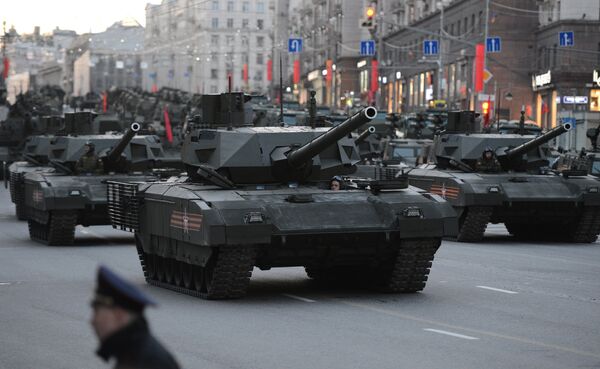
As for the West, he lamented, in 2015 only 4 from the 26 European members of NATO met the two percent spending objective agreed at the 2014 Wales Summit.
For the remaining 22, the average percentage of GDP spent on defense was 1.1 percent.
These countries, he stressed, would need to raise their collective outlay by nearly 45 percent to meet the target, or by almost $100 billion.
Importantly, he added, much of NATO’s post-2014 assurance for its Eastern members currently depends on the understanding that in times of crises, member states’ armed forces will be able to rapidly reinforce countries at risk.
Another way to keep up with the East, he suggested, is to invest more in new high technology areas such as cyberspace, data analytics, additive manufacturing, autonomy robotics and directed energy weapons.

